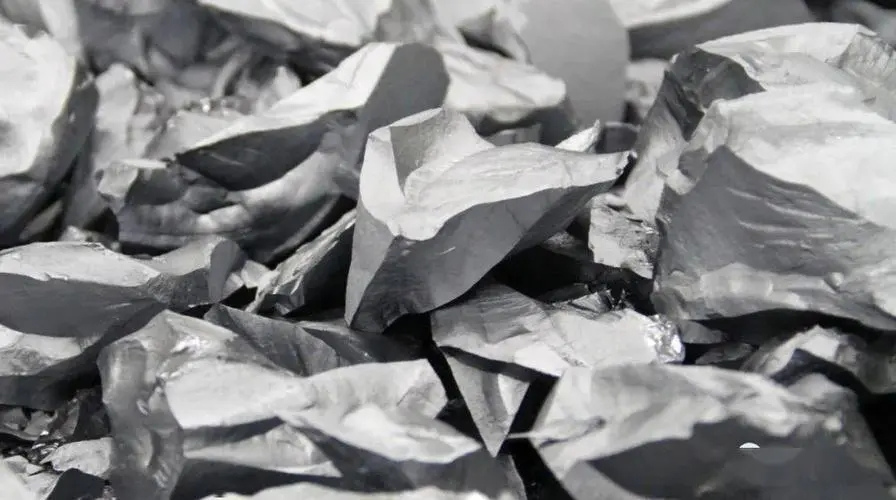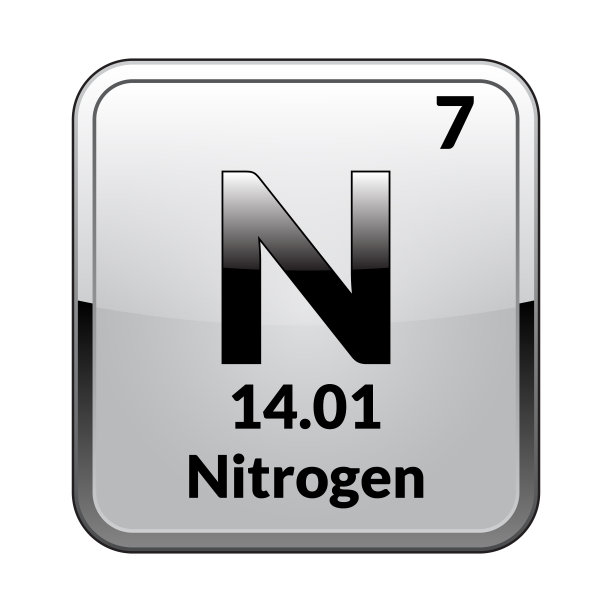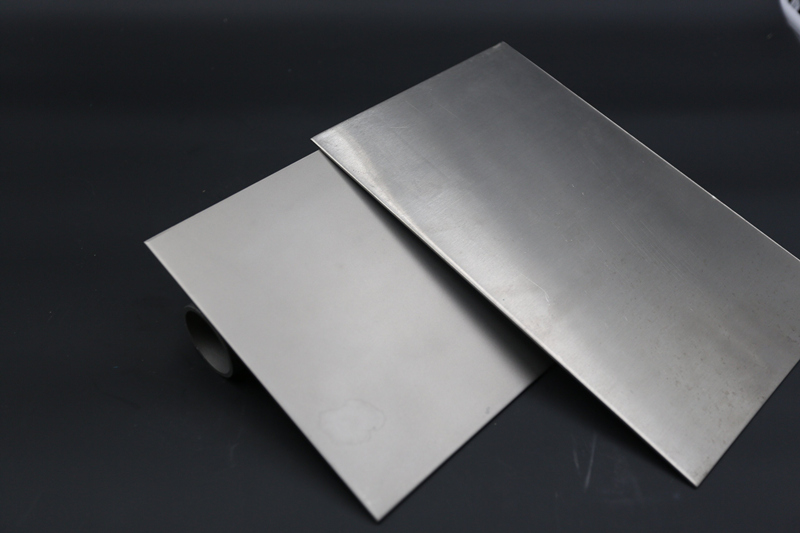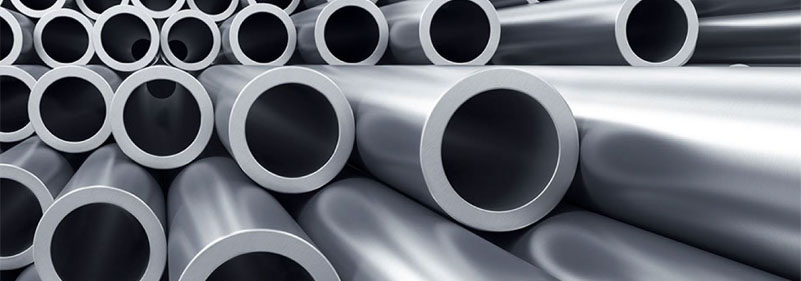Effect of other elements such as silicon and nitrogen on the properties of stainless steel
Silicon
The content of silicon in austenitic stainless steel is generally below 0.8% - 1.0%. As an alloy element, silicon content ranges from 2% to 7% depending on its use. Silicon is an element that strongly forms ferrite. In austenitic stainless steel, with the increase of silicon content, δ Ferrite will increase, intermetallic compounds σ The formation of phase will also accelerate and increase, thus affecting the properties of steel
Within the range of normal silicon content (below 1.0%), the corrosion resistance of 18% Cr-10% Ni ultra-low carbon austenitic stainless steel in nitric acid medium will be improved with the reduction of silicon content in steel.

Nitrogen
As an alloying element, nitrogen was used in Cr-Mn-N and Cr-Mn-Ni-N austenitic stainless steels in the early stage to save nickel. In addition to the effect of saving nickel, nitrogen can significantly improve the strength of austenitic stainless steel through solid solution strengthening without significantly damaging its plasticity and toughness. At the same time, nitrogen can also improve the resistance to uniform corrosion, pitting corrosion, crevice corrosion and intergranular corrosion of steel. Due to the good effect of nitrogen, austenitic stainless steel alloyed with nitrogen has made continuous progress and been applied. The ability of nitrogen to form austenite is equivalent to carbon, about 30 times that of nickel. Nitrogen can replace part of nickel in austenitic stainless steel, reduce the ferrite content in steel, make austenite more stable, and even avoid martensitic transformation.
In some acidic media, nitrogen improves the general corrosion resistance of austenitic stainless steel. An appropriate amount of nitrogen also improves the intergranular corrosion resistance of austenitic stainless steel in the sensitized state.

Titanium and Niobium
In austenitic stainless steel, titanium and niobium are mainly added as stabilizing elements to prevent the occurrence of sensitized intergranular corrosion. In addition, the interaction of titanium or niobium with other elements should also be considered. Their affinity with oxygen and nitrogen is also great. These factors must be taken into account in practical applications.

Other
Sulfur is regarded as a harmful impurity in austenitic stainless steel, and its content is limited to 0.03% - 0.035%. The harmful effect of sulfur is mainly to reduce the thermoplasticity of austenitic stainless steel and affect the hot workability of steel. The addition of sulfur can improve the machinability of austenitic stainless steel. In free-cutting austenitic stainless steel, sulfur is regarded as an alloy element.
Phosphorus is generally regarded as a harmful impurity in austenitic stainless steel. The standard stipulates that the content of phosphorus is not more than 0.035% - 0.045%. The harmful effect of phosphorus is mainly to significantly reduce the resistance of chromium-nickel austenitic stainless steel to various concentrations of nitric acid corrosion in the solid solution state and sensitized state.

 English
English 中 文
中 文 Español
Español Português
Português Deutsch
Deutsch Türk
Türk Pусский
Pусский عربي
عربي 한국인
한국인 日本語
日本語
